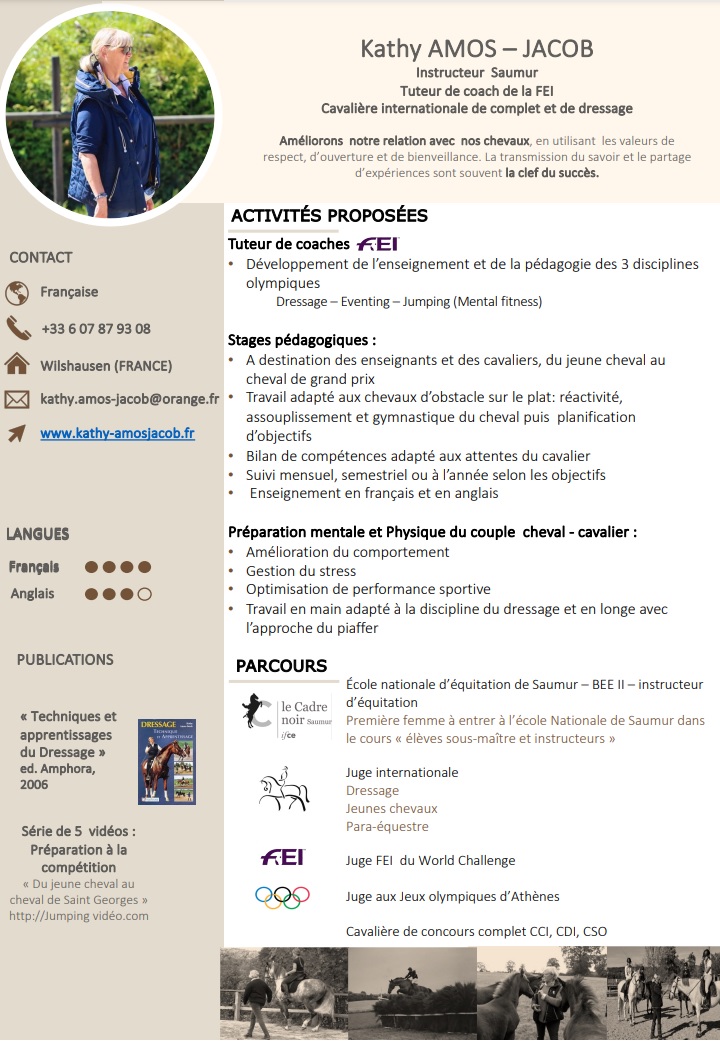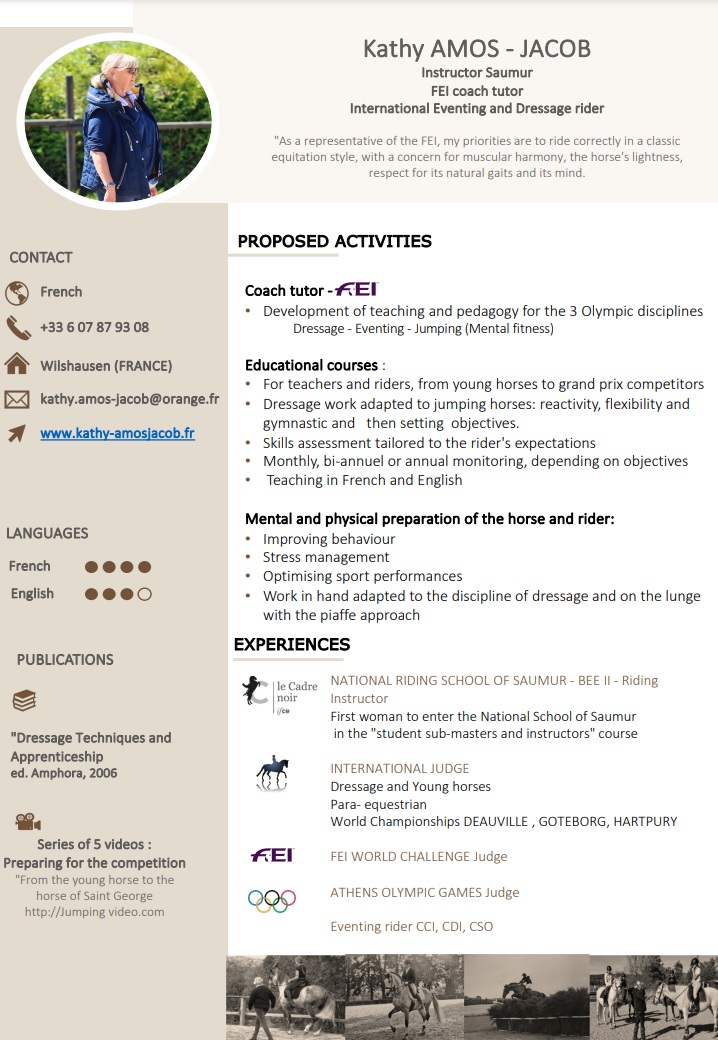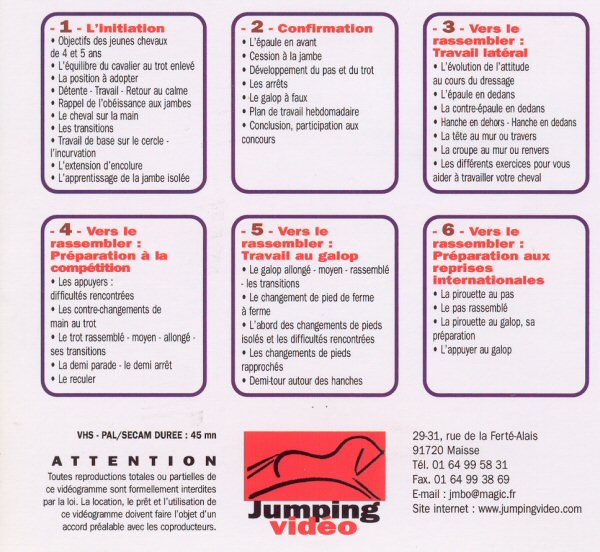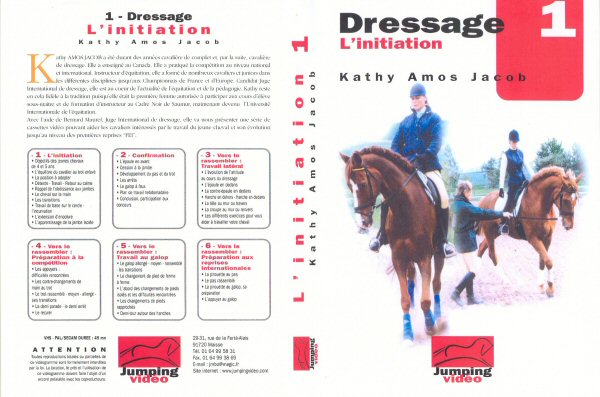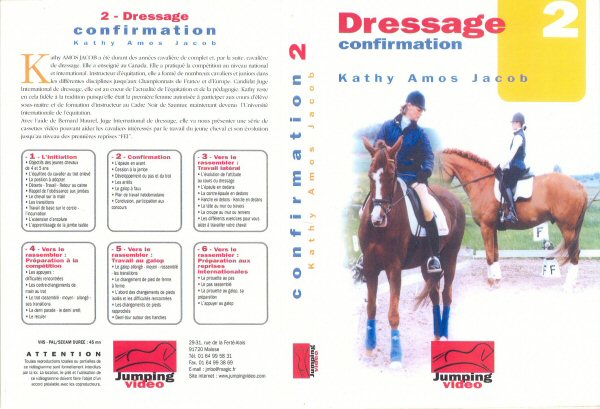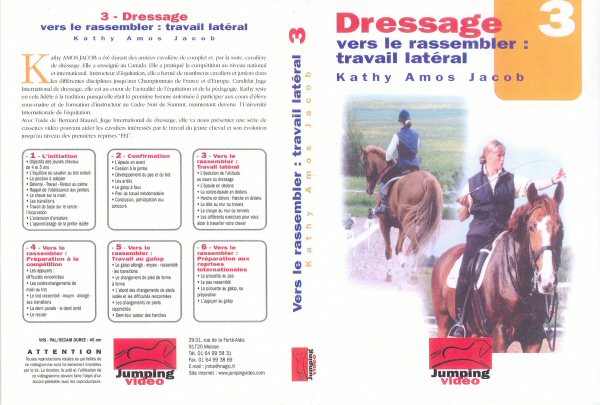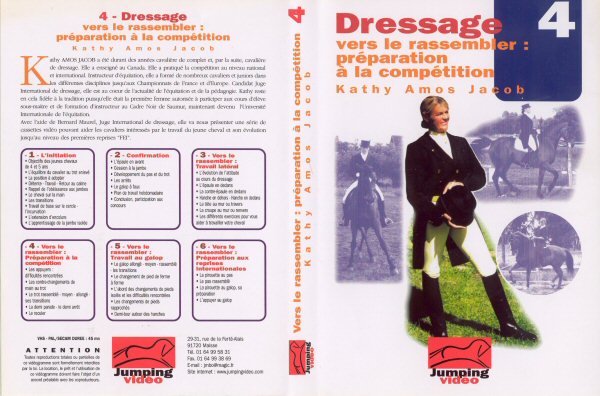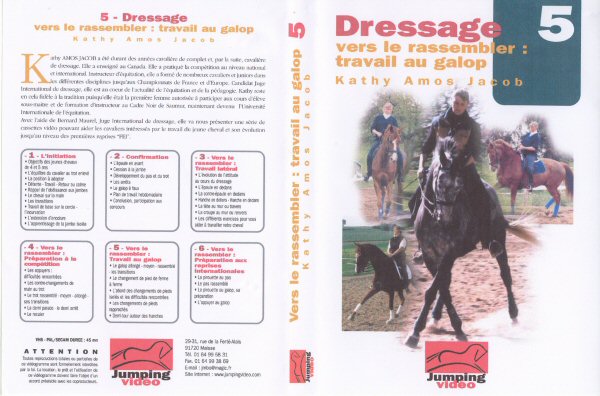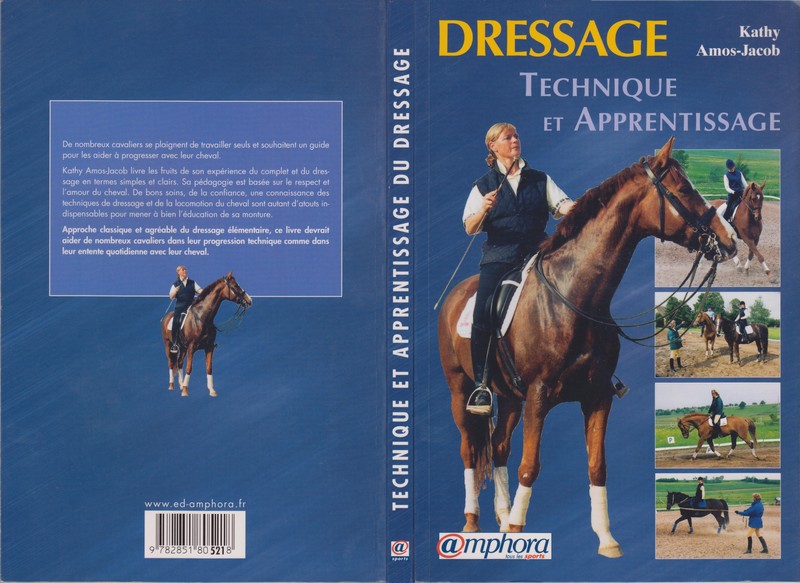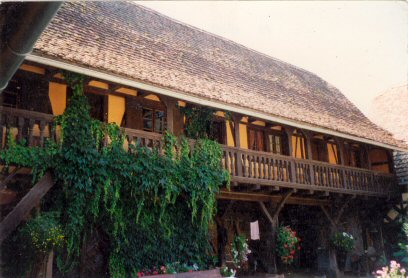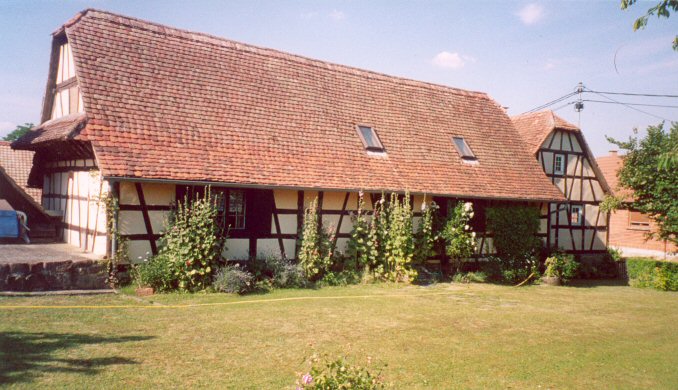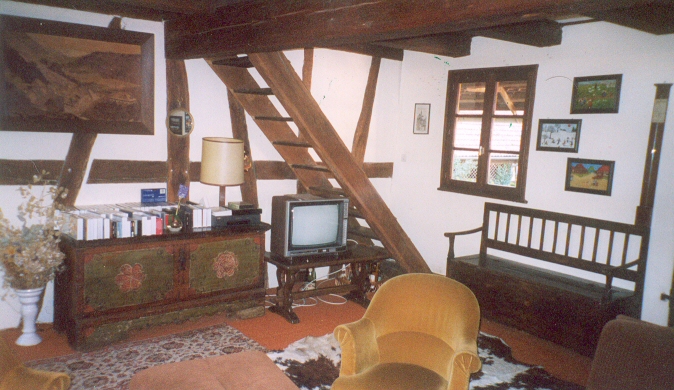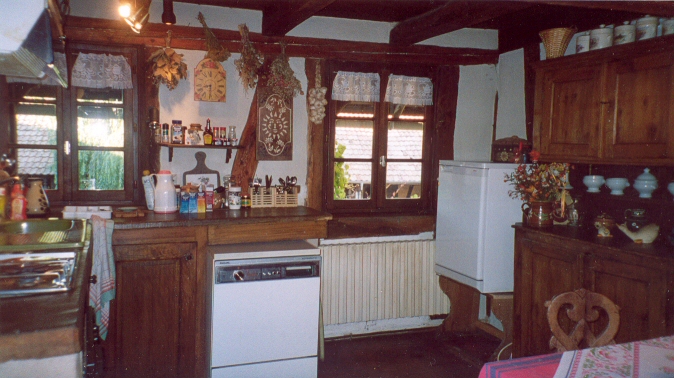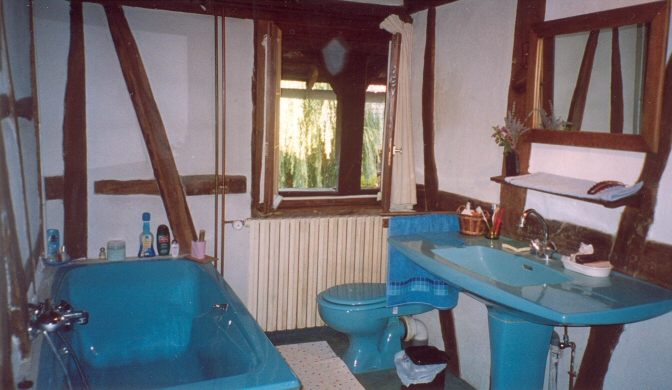How to build a free style ?
Par Christophe Urban, RLM and Freestyle
PAY
attention
to the strong and weak points of the horse type of the horse, best paces, which
paces you want to show? Know to âhideâ your mistakes, and weak pace
¡
Rider:
the technical level of the rider? Advanced or beginner.
¡
The
rider have to like the music, who have to fit with the 3 paces + transitions
I)
Make
choreography. Take a video and only after thinks to the music
Freestyle
is a living thing, and you can change some movements when the horse is
improvingâŚ
-Â Â Â Â Â Â Â Â Â Â Â Â Â Donât forget to get two
copy of your DVD (if a failure) and donât us rewriting CD â better on Hard Disk
Drive.
Thinks
âClear and Simpleâ
II)
Choreography
Define a
degree of difficulties, of movements who are allowed, begin with simplicity,
donât overdo:
-Â Â Â Â Â Â Â Â Â Â Â Â Â Calculate yours risks
-Â Â Â Â Â Â Â Â Â Â Â Â Â Parallel to level of horse
and rider
-Â Â Â Â Â Â Â Â Â Â Â Â Â Keep the building of you
test logical
-Â Â Â Â Â Â Â Â Â Â Â Â Â Balance between straight
and curves lines, the movements must be shown clearly (judge have not to look
after what compulsory movement it is ?)
-Â Â Â Â Â Â Â Â Â Â Â Â Â Use all the arena space. Use
the quarter lines, small diagonal.
Show the
good points clearly at the good place, and the weak points a little bit farer
Example,
the E judge can see it, and the other judges think âthey have seen itââŚ
¡
Respect
the training Scale and the basic of a classical way of riding
¡
Remain,
that the tile start at the first step after the first halt and stops at the
final salute (donât forget to take the time)
¡
Entry
music must not start more that 20 seconds before the rider enters in the arena
and halt. If not, he will be eliminated.
¡
Build
your pattern with an entry, (give your business card)⌠here I am!
¡
Keeps
some high lights during the test, and try to find a final act ( an apotheoses) for the end and halt.
¡
Donât
forget to check if there is not allowed movements in your pattern = (mine 8
points per judge + choreography mark 5 and below ⌠for Para riders)
¡
Check
if the compulsory movements are well shared out: right and left.
If one is missed, the mark is 0 for non shown movements and the note of
choreography will be affected.
¡
The
first free style, make them simple and secure.
                                                                                                               Â
III)
Music
The music
have to smatche with the horse and his gaits, (no
Wagner for a light small Lusitanian horse, or Mozart for a big Oldenburg).
¡
A
slow music for walk
¡
Dynamic
and rhythmic for the trot
¡
Dynamic
and spirited for the canter
The music
suit to one kind of story, one idea, one subject:
¡
Have
an introduction and a final, create a story. Have a entry music
¡
Help
the picture to have more brilliancy. (Avoid back ground music and too much voiceâŚ)
can disturb the judges.
¡
The
music may give a signal to prepare another pace or movement. Caution, itâs
coming⌠(You can use a jingle)
¡
The
music has to flow through each other + each transition.
¡
You
can ask for a crescendo when the horse extend
¡
If
your horse lack of âcrispyâ or elasticity, find a music that is well rhythmic,
not too fast, the music hate to carry your horse.
For
checking the beats you have to look at:
-
TROT:
you can take any front legs (who touch the ground).
-
CANTER:
Inner front leg.
-
WALK:
Hinds legs or front.
For Para
rider, specially in level 1a
you have to be inventive + music for halt + different musicâs keeps it CLEAR
AND SIMPLE.
In
competition, if you got a music failure during your freestyle where there is no
backup system the rider should leave the arena and will restart his test during
a scheduled breaking the competition or at the end of competition.
The rider may decide whether to restart the test from the beginning or to start
at the point where the music failed. In any case the marks already given will
not be changed.
IV)
Artistic
marks?
You have to
know that ⌠artistic marks are closely in relation with the technical marks.
(You cannot got a lot of 5 4 in specific movement and get 8 9 in artistic)
There is close connection between the degree of difficulty and the technical
execution. The artistic could not be good if the technical is poorâŚ
¡
RYTHM
AND ENERGY are closely connected to the regularity of the paces (stability of
gaits) and the impulsion of the horse, at more advanced level; we are looking
for more elasticity.
¡
HARMONY
between horse and rider is related to the submission of the horse and the
influence of the rider. Aids
o
Harmony
of the couple.
o
Relaxation.
o
Simetrical Bending.
The perfect
harmony is a situation where the horse and riders are melting together as
centaur.
¡
CHOREOGRAPHY,
USE OF ARENA, CREATIVITY
o
Design
and general construction of the test.
o
Sequence
of figures clear and symmetrical using the whole arena
o
Originality,
your test should not looks like a standard test, avoid the track and the long
diagonal at higher level
o
And
you should include difficulties that are achieved.
¡
DEGREE
OF DIFFICULTIES
o
Itâs
also a calculated risks (If you take risks they have to be well performedâŚ)
lack of quality in the execution of movement is considered as a deficit in the
performance ability of rider and horse deduction in the degree of difficulty
scoring
¡
MUSIC
The judges have to judge the correlation of music to
the horseâs gaits and the couple, and do not influence by the music itselfâŚ
¡
CRITERIA
The music should be adapted to the rhythm of the gaits
and smatche to the couple, and emit a kind of
emotion.
KAJ
